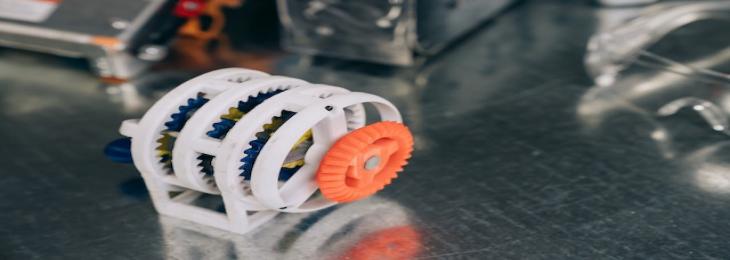
The researchers are optimistic that this approach will produce novel soft robot types with unique advantages for accessing difficult-to-reach areas of the body.
Researchers from the University of Minnesota have created a soft robotic system that can 'grow' like a plant. The process enables passage through challenging terrain, including the convoluted gastrointestinal tract or vasculature. The system functions by forcing a liquid through a hole in the apparatus, and at the same time, a photopolymerization process causes the liquid to quickly solidify into a solid structure. The photopolymerization is started when the gadget spotlights the extruded liquid monomers. This procedure resembles the gradual addition of material to the growth stems and root tips of plants. Soft robots that can more easily access the body's hard-to-reach areas may one day be possible, according to the researchers.
The capacity of soft robots to engage with human delicate tissues without running the danger of abrasion and injury that come with more rigid technologies is paving the way for their use in the medical field. It might not be possible to reach every part of the body by simply being gentle. It is tricky to safely operate a robotic system in some places as they are difficult to access and many of the "thoroughfares" through the bodies, like the gastrointestinal tract and human vasculature, are very windy.
To create a method that can assist a soft robot in navigating confined locations, the researchers drew inspiration from the way natural plants grow. The researchers are very fascinated by how plants and fungi grow.They converted the premise that fungi and plants add materials to the point of their bodies, whether it be at the tips of their roots or the beginnings of new shoots, into an engineering system.
The mechanism pushes a fluid through a hole to function. During this process, a light-activated liquid monomer solution initiates a photopolymerization reaction that causes a solid polymer "stalk" to sprout from the robot's back. This adaptable, expanding stalk aids in propelling the robot via constrained and winding passage ways. The researchers are hopeful that this method will lead to new kinds of soft robots with special advantages for reaching parts of the body that are challenging to access.






